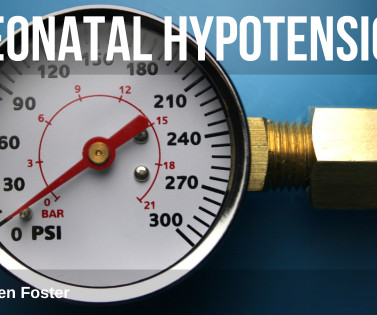A Beginner’s Guide to Vasoactive Drug use in Children with Septic Shock
Don't Forget the Bubbles
NOVEMBER 27, 2023
Four-year-old Ed is being resuscitated for presumed Invasive Group A Streptococcal Sepsis from tonsilitis. And lastly, it’s actually quite hard to see how well the cardiovascular system is working, and this is one of its measurable features. This works well for a while, but eventually, the heart beats too fast to fill adequately.






















Let's personalize your content